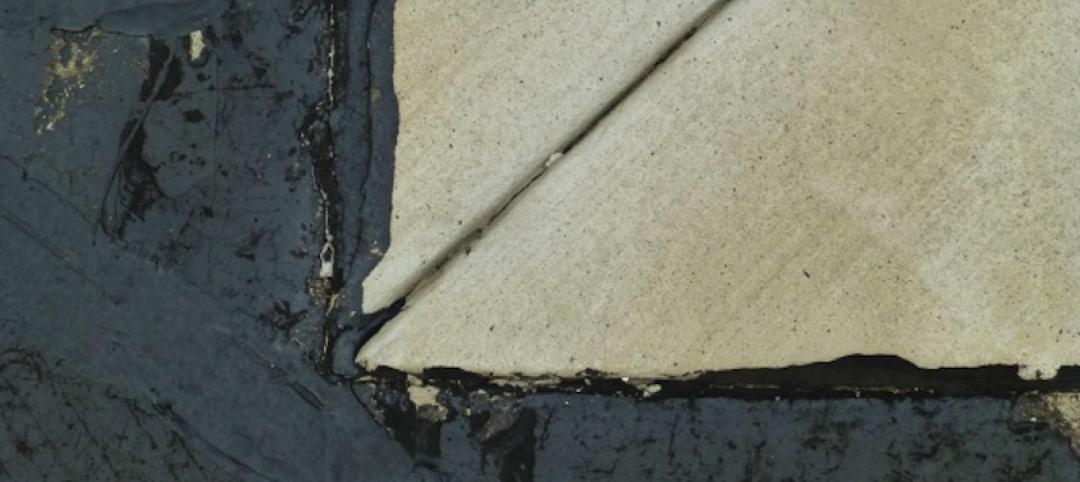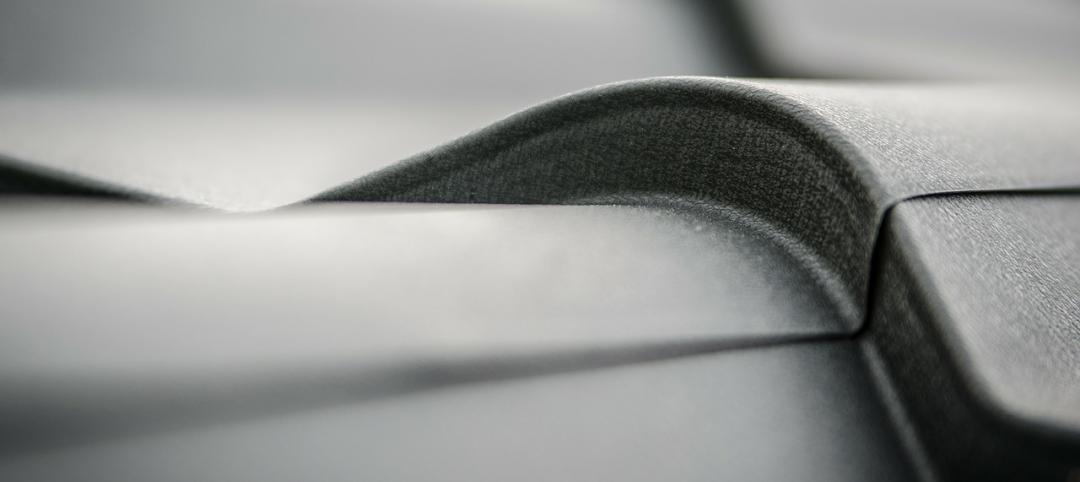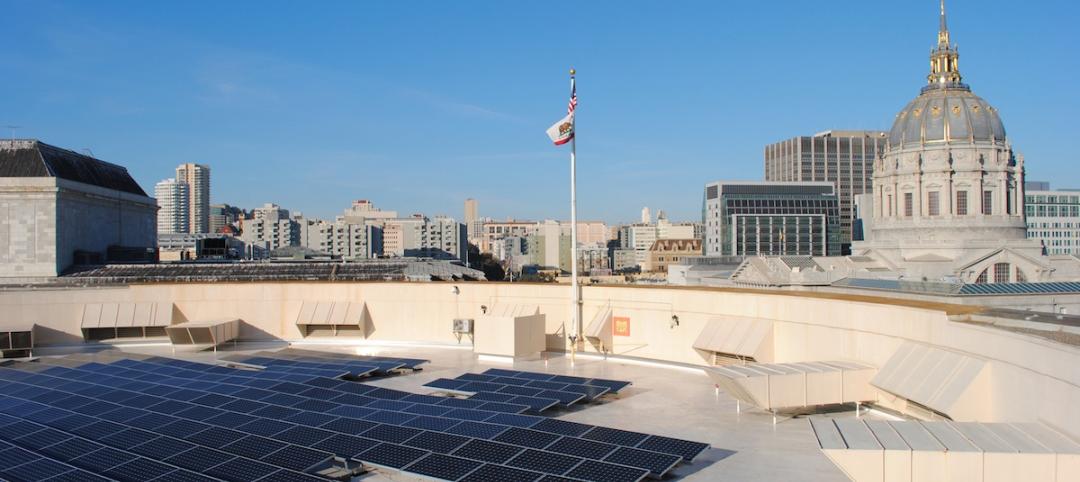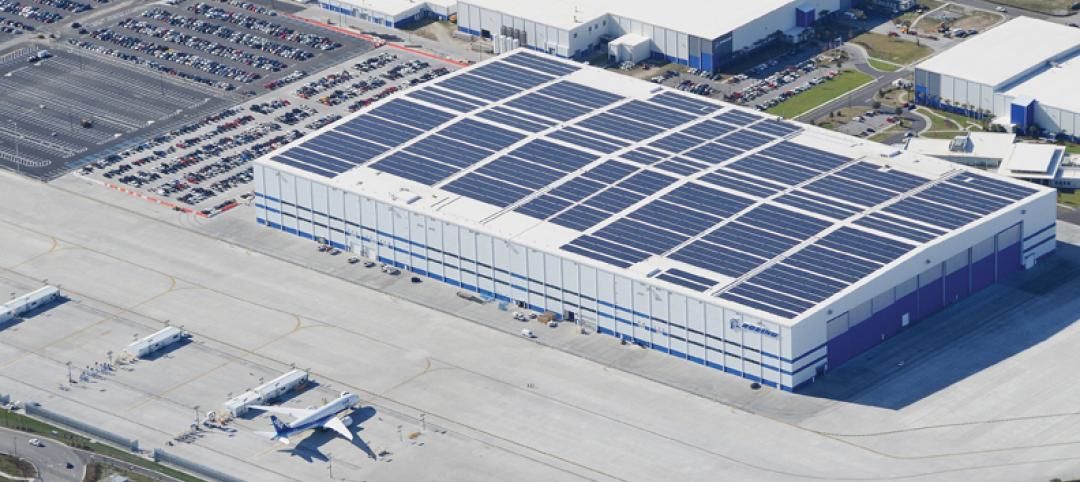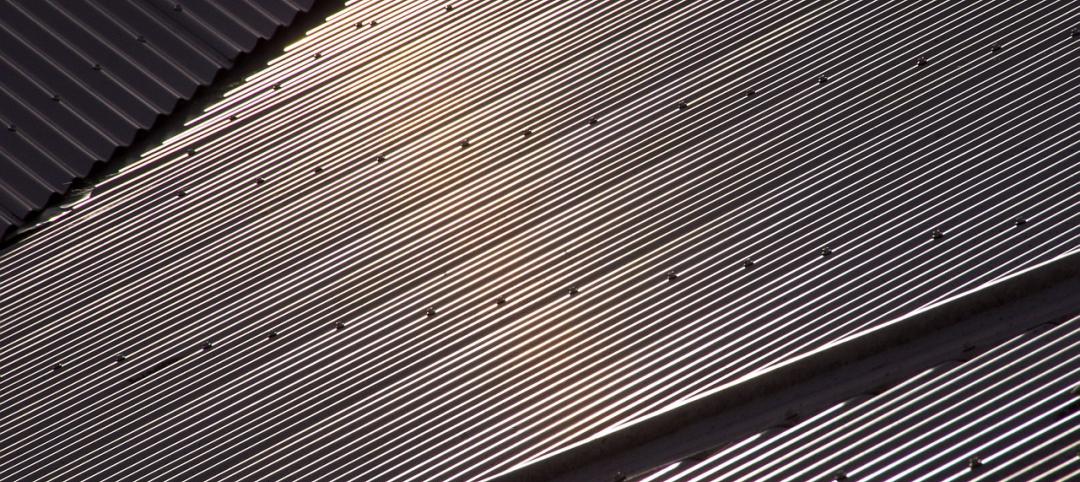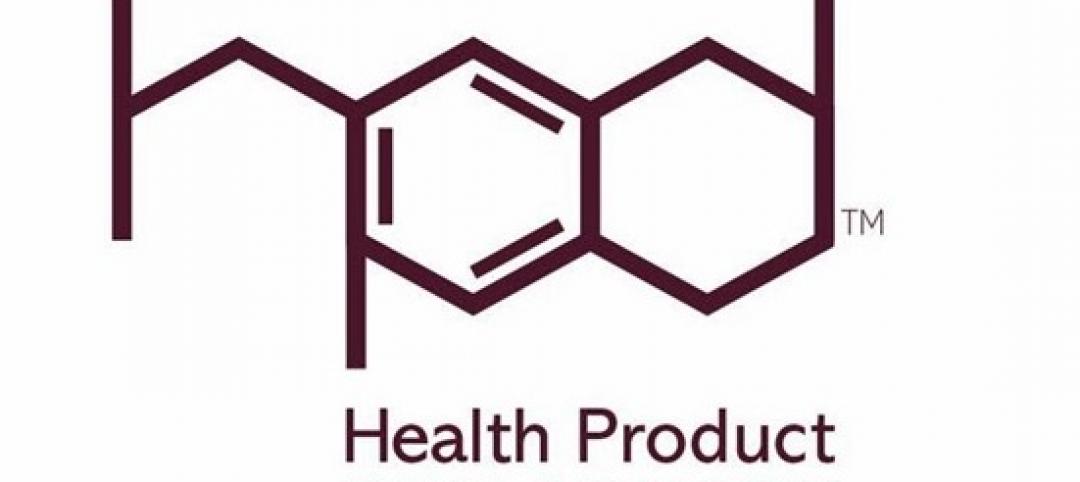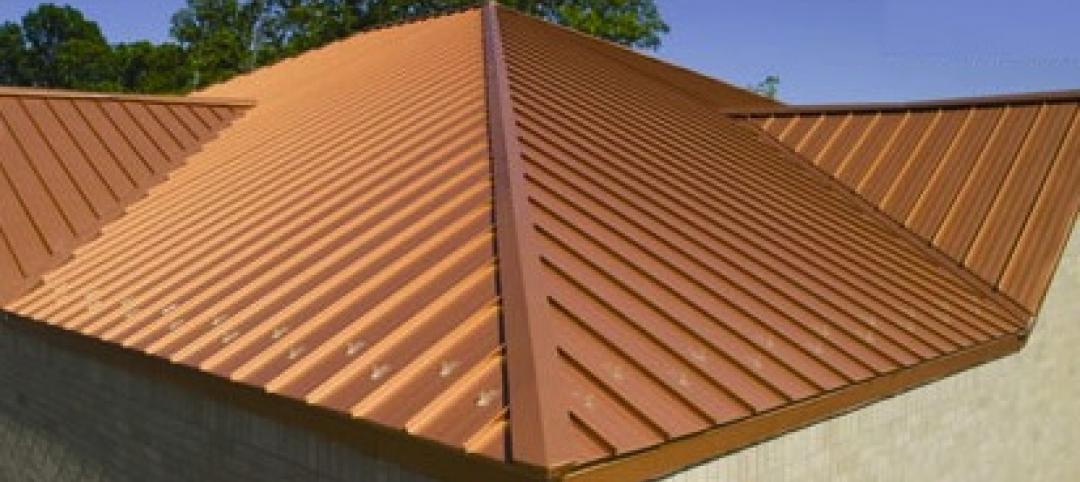Driven by Federally-mandated sustainable requirements, a 300,000 plus square-foot Vegetative Roof Assembly (VRA) was incorporated into the architectural design for the U.S. Coast Guard’s 11-level, 1.2 million square foot headquarters located in Washington D.C.
Since the U.S. Coast Guard Headquarters structure is terraced into the hillside with elevation changes of 120 feet, two levels were above-ground while the remaining nine were built into the hillside. As a result, the VRA architectural design and construction team navigated a range of unique design considerations to ultimately receive LEED Gold certification from the U.S. Green Building Council.
A cross-functional team collaborated throughout the three-phased VRA construction. Under the direction of WDG Architecture, the architect of record for the roofing, and HOK, the lead on vegetative roof components, Gordon Contracting served as the roofing contractor and Tilson Group supplied and installed the hundreds of thousands of individual vegetative roof plants.
From the outset of the project, the integrated roofing team was tasked with designing a VRA that would help decrease the building’s heating and cooling energy usage, reduce and filter storm water runoff, lower long-term maintenance and extend the life of the roof. The unique roof would also serve to integrate the 176-acre campus with the building and its 4,000 occupants.
To accomplish these objectives, the project team carefully selected performance-based product solutions that would work in conjunction to support the roof vegetation. FOAMULAR® 404 & 604 extruded polystyrene (XPS) insulations were selected for use in Protected Roof Membrane Assemblies (PRMA), where the insulation is placed directly over the membrane.
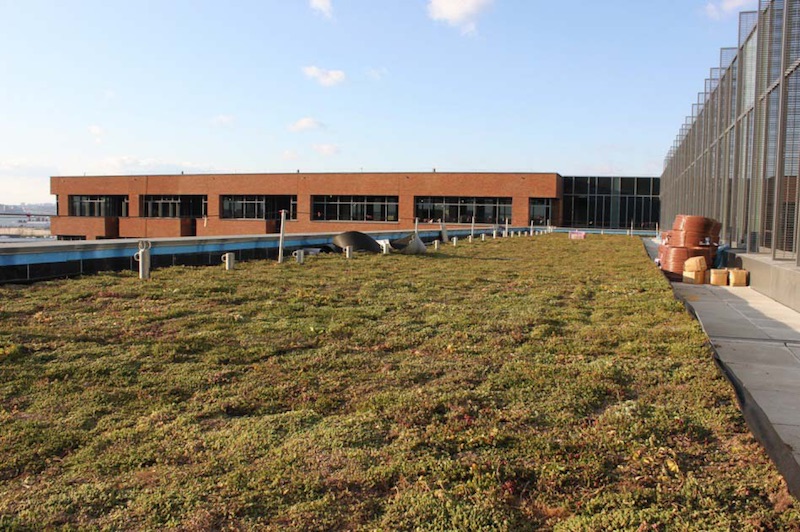
The water resistance and compressive strength of FOAMULAR® XPS insulation provided the integrity needed for long-term roof performance at this building site. The product composition also helped contribute towards attaining LEED Gold certification.
Given the sheer scope and size of the VRA project, it was inevitable that the roofing team would encounter several scenarios that required strategic problem-solving throughout the VRA installation. For example, the team adjusted the engineered soil specification to reduce the loads within the structural tolerances for the roof structure and carefully addressed a range of pH, moisture, organic matter and nutrient levels to support the variety of plants.
In addition to managing a range of prescribed planting installation seasons, the heat during the Washington, D.C. summers also added complexity and the need to ensure the plants receive sufficient water during their establishment period.
After successfully navigating a wide range of challenges and opportunities, the U.S. Coast Guard Headquarters’ VRA epitomizes the marriage of form and function and is recognized among the largest green roofs in the world.
Completed in 2013, the VRA not only aesthetically enhances the building, but it also retains storm water that would otherwise combine with waste water that may bypass the Blue Plains Wastewater plant. In fact, according to the Landscape Performance Foundation, the headquarters’ vegetative roof retains up to 424,000 gallons of rainwater.
For more information, please visit www.owenscorning.com or call 1-800-GET-PINK.
Related Stories
Building Materials | Feb 19, 2015
Prices for construction materials fall in January, following plummet of oil prices
The decline in oil and petroleum prices finally showed up in the produce price index data, according to ABC Chief Economist Anirban Basu.
Sponsored | Energy Efficient Roofing | Feb 12, 2015
How does airflow under a metal roof further enhance energy savings?
Metal roof coatings with solar reflectance can help building owners save substantially in annual cooling costs. Research has confirmed that creating an air space under a metal roofing system will increase energy savings during both summer and winter months.
Sponsored | Roofing | Feb 11, 2015
New school blends with local architecture using Petersen metal roof
Perkins Eastman in Stamford, Conn., designed the school to emphasize and integrate the International Baccalaureate curriculum throughout.
Sponsored | Roofing | Jan 26, 2015
A revitalized solar roof for San Francisco's Davies Symphony Hall
White thermoplastic PVC roof system fits the bill for rooftop solar installation project at famed concert hall.
| Nov 17, 2014
Resolving practical problems in roofing retrofits and renovations [AIA course]
This course, worth 1.0 AIA HSW learning unit, provides expert advice on how to make a roof last as long as possible, and how to properly retrofit or reroof when the roof has run its course.
Sponsored | | Sep 2, 2014
Metal roofs offer energy-efficiency, durability, and recyclability
Metal roofing material is known for its durability, but it also offers two other sustainable attributes that are sometimes overlooked: enhanced energy-efficiency and high recyclability.
| Mar 20, 2014
Fluor defines the future 7D deliverable without losing sight of real results today
A fascinating client story by Fluor SVP Robert Prieto reminds us that sometimes it’s the simplest details that can bring about real results today—and we shouldn’t overlook them, even as we push to change the future state of project facilitation.
| Dec 10, 2013
16 great solutions for architects, engineers, and contractors
From a crowd-funded smart shovel to a why-didn’t-someone-do-this-sooner scheme for managing traffic in public restrooms, these ideas are noteworthy for creative problem-solving. Here are some of the most intriguing innovations the BD+C community has brought to our attention this year.
| Nov 25, 2013
Manufacturers race to offer EPDs, HPDs in response to LEED v4
Under LEED v4, projects are awarded points for using at least 20 building products that have issued Environmental Product Declarations or Health Product Declarations. In response, manufacturers are racing to offer EPDs and HPDs for their product lines.
| Oct 30, 2013
Metal roof design tips: The devil is in the details
This AIA/CES-approved presentation provides information regarding proper design to prevent possible infiltration from the roof system into the building. It also works as a guide when designing a roof to allow for proper water runoff.


